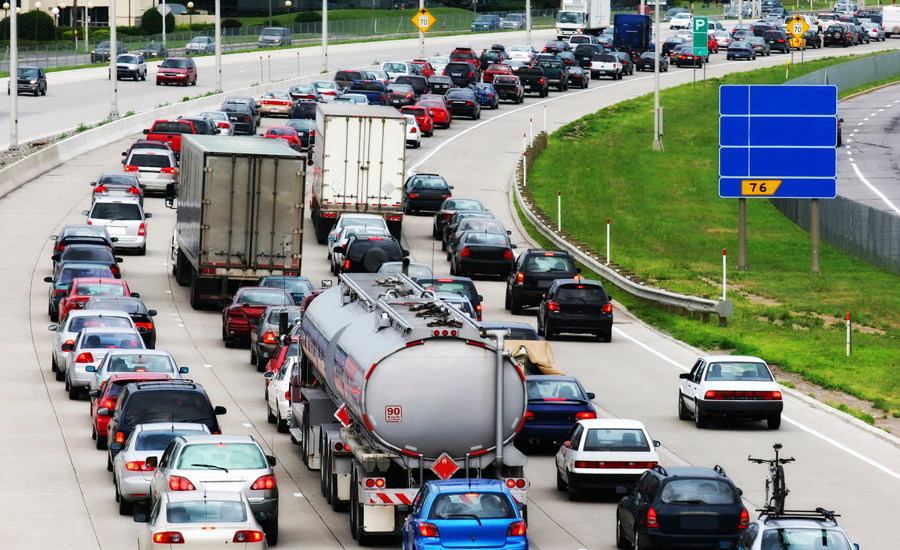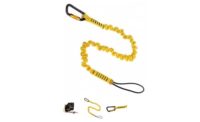It’s that time of year again – time for about 10,000 law enforcement agencies across the nation to coordinate efforts for the U.S. Department of Transportation’s National Highway Traffic Safety Administration’s annual Click It or Ticket campaign to crack down on seat belt scofflaws.
Young men are biggest offenders
The campaign is targeted to all drivers, but especially the hard-to-reach males ages 18-34 who research shows are far less likely to wear seat belts.
Click It or Ticket is a multi-pronged campaign that combines on street enforcement with a national media buy campaign that airs across TV, radio, internet, and social media to convey the message that officers are out enforcing seat belt laws. The ads, which will air in English and Spanish, generate awareness of stepped-up enforcement of seat belt laws and the increased chance of getting a ticket if you’re not buckled up. The ads will air on television, radio and online from May 16-June 5. View them
NHTSA has been working with the States on Click It or Ticket since 2003. This year the effort will include one evening “Border-to-Border” 22-state operation on May 22, from 4-8 pm to kick off the enforcement mobilization. During these hours motorists can expect high-visibility checkpoints at well-traveled state border sites.
Why focus on seatbelt use?
Data from NHTSA show that nearly half (48%) of the 22,441 occupants killed in crashes in 2015 were unbuckled. In addition, 57 percent of passenger vehicle occupants killed at night were not wearing their seat belts, compared to 40 percent killed during the daytime. Men continue to outnumber women in not wearing seat belts – 52 percent to 42 percent respectively. Pickup truck occupants tend to be the lowest among any other vehicle type in wearing seat belts --59 percent of drivers killed were not wearing a seat belt, compared to 54 percent for SUV drivers, 42 percent for passenger car drivers, and 41 percent for van drivers. View the 2015 occupant protection data
Ejection from the vehicle remains one of the most injurious events that can happen to a person in a crash. In fatal crashes in 2015, about 80 percent of passenger vehicle occupants who were totally ejected from the vehicle were killed. Seat belts are very effective in preventing total ejections; in 2015 only 1 percent of the occupants reported to have been using restraints were totally ejected, compared to 30 percent of the unrestrained occupants.
The NHTSA says thousands of Americans are alive today thanks to strong state laws, the Click It or Ticket enforcement and paid media effort, and the year-round “Buckle Up America” campaigns. In 2015, the use of seat belts in passenger vehicles saved an estimated 13,941 lives. From 2011 to 2015, seat belts saved an estimated 64,000 lives.
The mobilization runs from May 22 through June 4.






